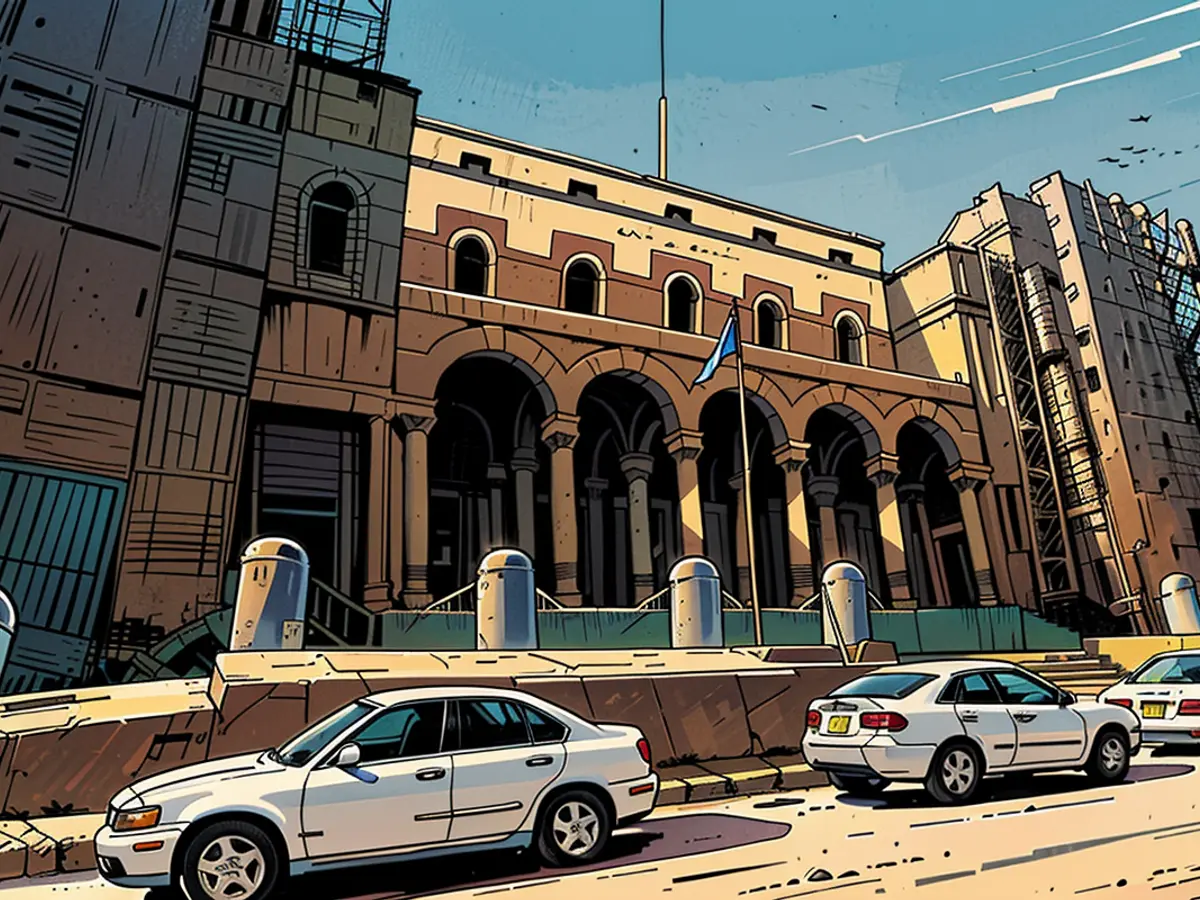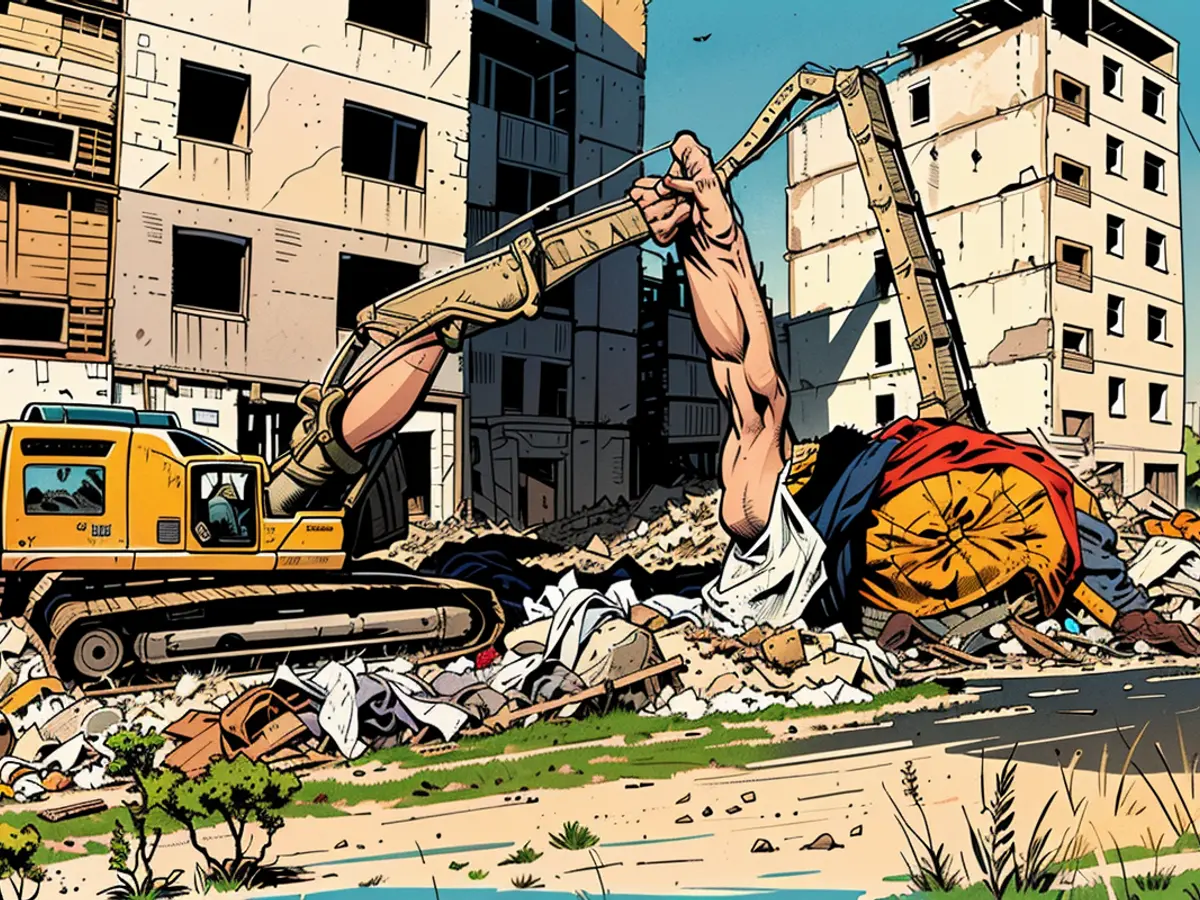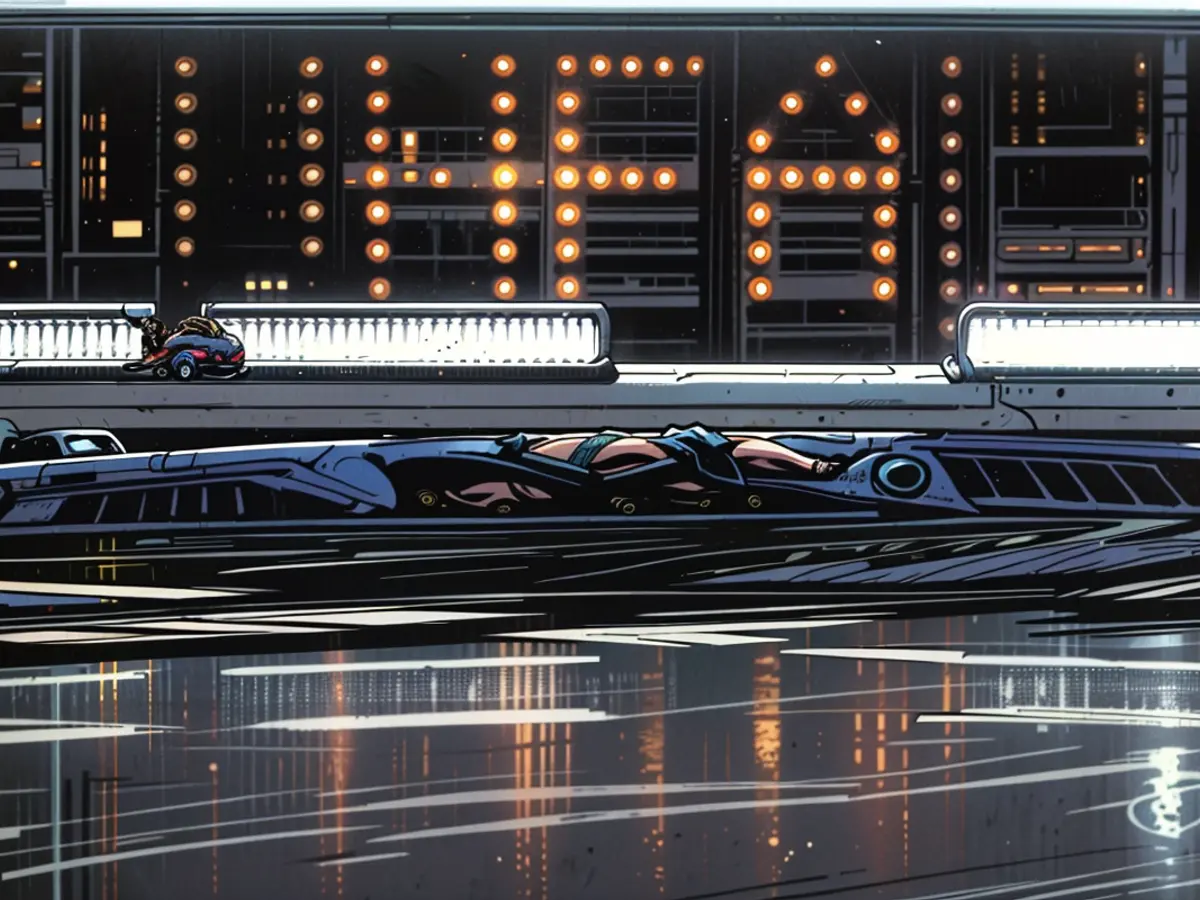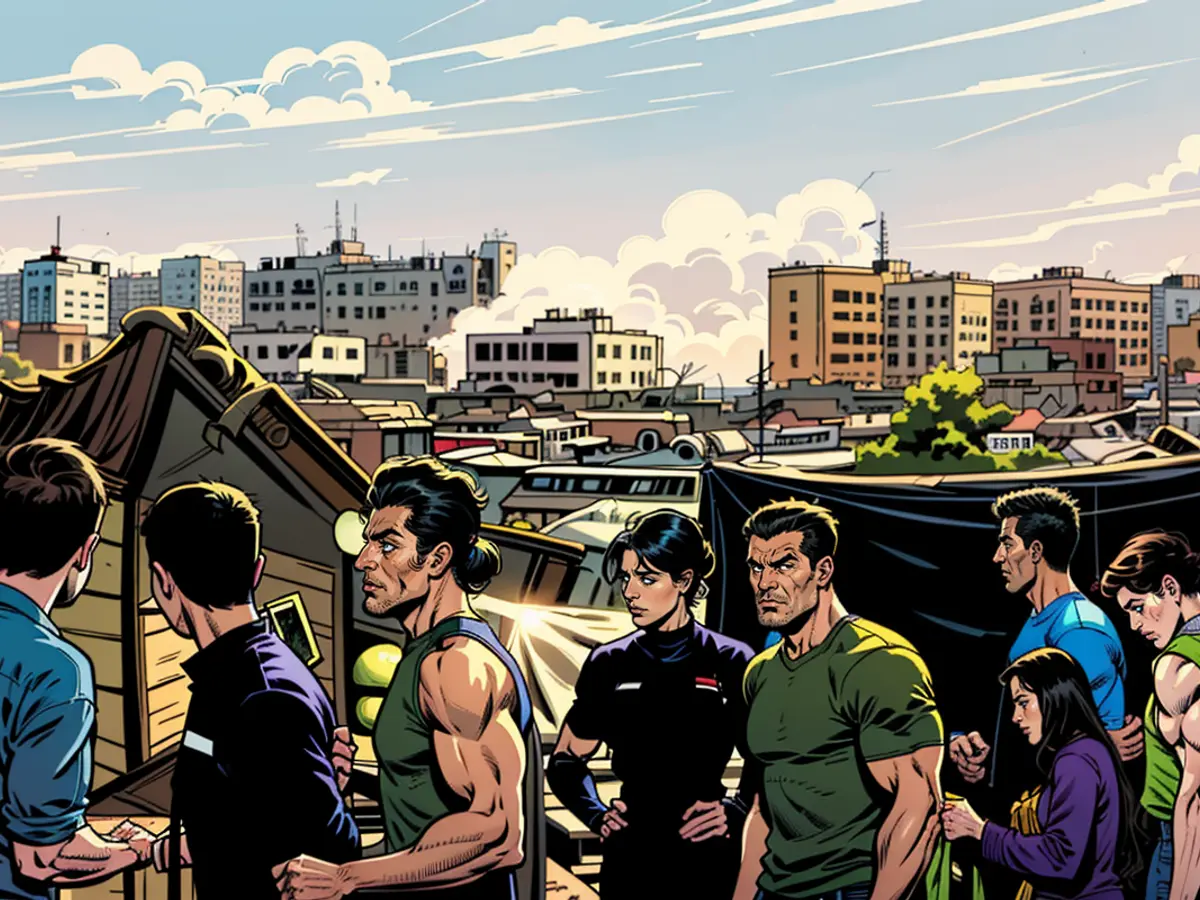Struggling housing market due to wildfires: California properties suffer substantial damage without insurance coverage
They shifted to Cohasset after obtaining funds from their insurance claim and the PG&E settlement worth around $11 billion. This settlement was due to the blazes connected to their equipment failures, which were handled by several insurance companies.
Fast forward six years, their new abode in northern California's rocky region went up in flames during the 2024 Park Fire. This fire was one of the largest in California's history and left their house in ruins.
Unfortunately, the Daneaus no longer have the financial cushion provided by insurance to help rebuild their lives. They struggled to secure homeowners insurance from any company they approached due to wildfire concerns, and even when they found an insurer, they couldn't afford the premiums. They were essentially left uninsured in a state frequently hit by natural disasters.
The climate crisis in California has led to an escalation in the intensity and frequency of wildfires, resulting in numerous homes being lost. This situation has made home insurance increasingly unaffordable or even unavailable, leaving more people like the Daneaus in similar situations.
Michael and his family are now relying on their savings and hoping to raise $30,000 through their GoFundMe page to find a new place, even if it's just a rental.

California's insurance predicament
Last year, the Insurance Information Institute reported $80 billion in insured losses caused by natural disasters across the US. The Daneaus' home was one of the approximately 19,000 structures that were destroyed during the 2018 Camp Fire. Consequently, insurance companies are abandoning states like California to avoid such significant financial losses.
Since 2015, the California Department of Insurance has been keeping track of renewed and cancelled policies in the state's high-risk fire areas, which make up over a quarter of the state. There's been an increase in policy cancellations until the latest report published in 2022, with the sharpest increase in 2019, which saw a 10% rise.
When policies aren't being cancelled, insurance rates surge dramatically. California's largest insurer, State Farm, requested a 30% rate increase for its homeowner's line last month. This came a year after State Farm stopped offering insurance for new homes, citing wildfire risks.
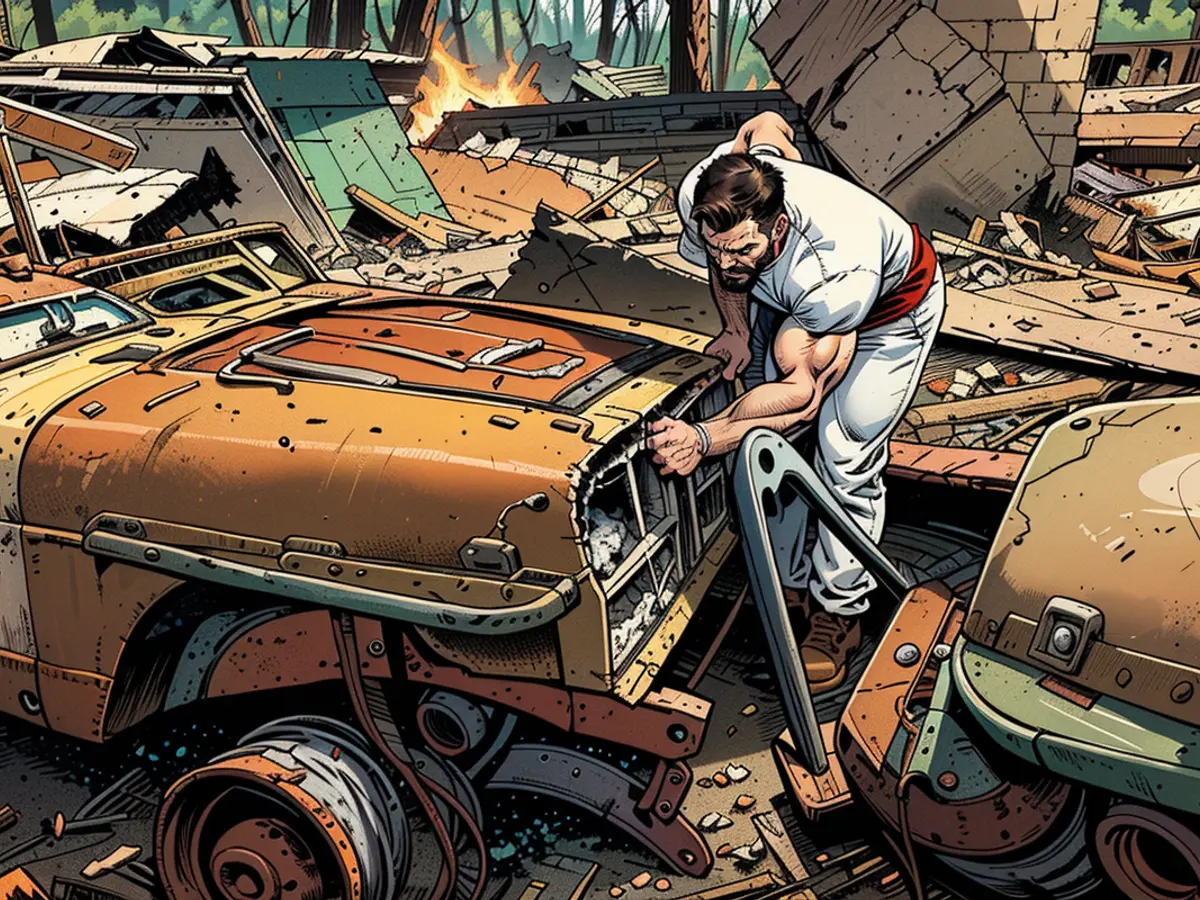
FAIR Plan: California's last resort insurer becomes the only choice for many
As a result of rate increases, non-renewals, and plan cancellations, many California homeowners have been driven to the state's temporary solution - the California FAIR Plan, a private association created by the state as a last-resort insurer for those being denied plans.
The California FAIR Plan was established in 1968 to provide an insurance option for those unable to procure insurance through regular markets. However, over time, it has become the only option for many.
After numerous insurers refused to cover the Daneaus' Cohasset home, they explored insurance options through the California FAIR Plan. However, the plan's affordability dwindled by 2022, with the yearly premium reaching $12,000 and a $7,000 down payment, followed by a $4,000 payment the next month.

“The first year, it seemed reasonable... the second year, it began to hurt a bit... the last few years, it's become borderline unattainable,” Michael Daneau said, explaining that the California FAIR Plan's cost was close to a mortgage payment.
Since 2019, the California FAIR Plan has seen a 164% increase in policies, with a 27% jump in just the past year, indicating how many California residents are unable to secure private insurance coverage.
Last year, California Insurance Commissioner Ricardo Lara reached an agreement with insurers to cover approximately 85% of properties in high-risk areas. However, he lacks the authority to compel insurance companies to increase coverage.
Home Hardening

As homeowners scramble for insurance options, the question of what's next has become crucial for both homeowners and insurers. Across California, both groups are actively researching ways to make the state wildfire resistant.
The Insurance Institute for Business & Home Safety (IBHS), a non-profit research organization supported by insurers, is pioneering both advocacy and research efforts to make infrastructure more resilient.
One outcome is the Wildfire Prepared program, which certifies homes as wildfire resistant following an evaluation of retrofitted and newly built homes.
After the 2018 Woolsey fire, which devastated 1,643 structures in the Santa Monica mountains, the Los Angeles Emergency Preparedness Foundation (LAEPF), a local non-profit, was mobilized to educate homeowners about the importance of hardening their homes.
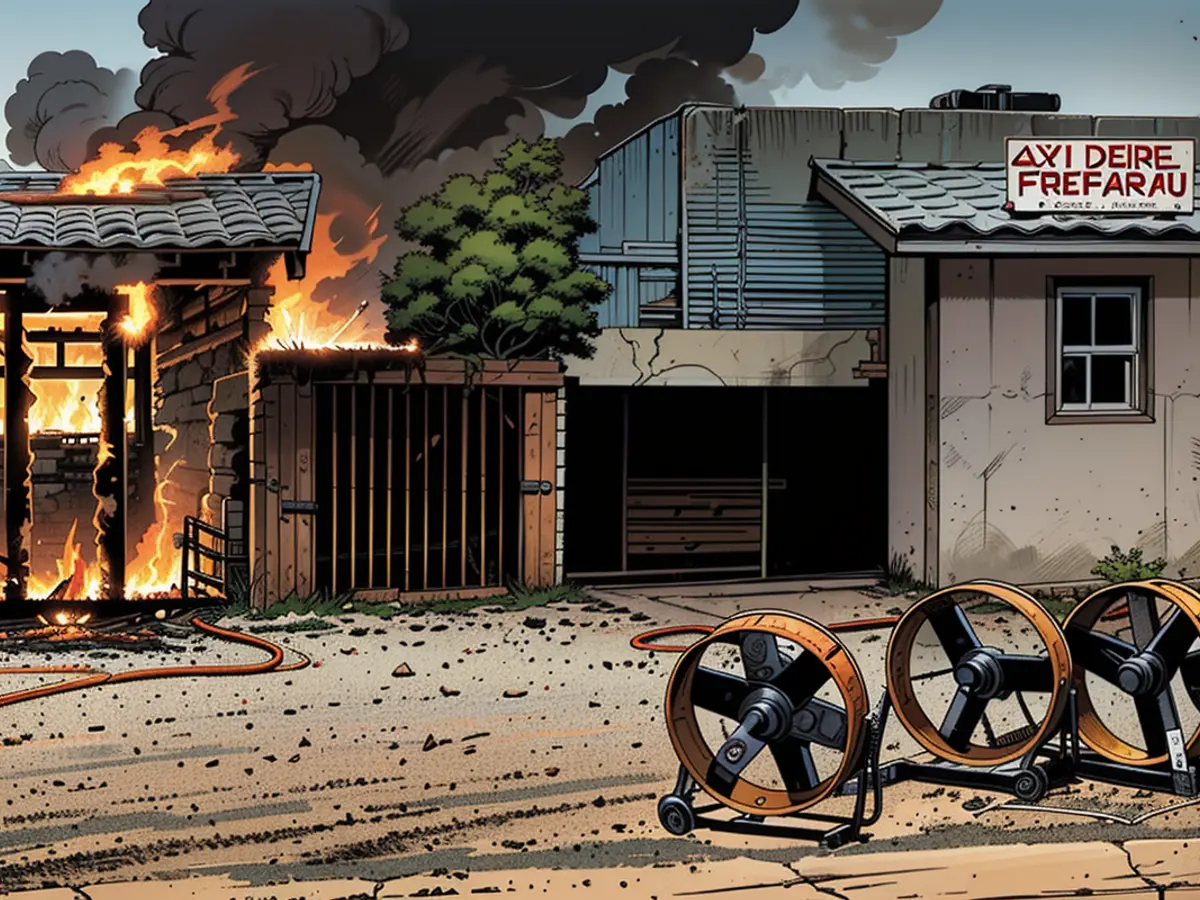
In a door-to-door campaign, they reached Angela Wilson, a 37-year Malibu homeowner who has made numerous improvements to her home to make it wildfire resistant over the past year, in collaboration with LAEPF.
"She's had to take drastic steps like locking up her place and reinforcing the air vents, and it pains her deeply to let go of her flower beds and lush greenery.
"It wasn't termination, but my insurance company decided to jack up the premiums significantly," she explained. So far, she's still in the process of completing the program, hoping it'll eventually bring her insurance costs under control.
"Some insurers now provide a checklist of modifications homeowners need to carry out to maintain their insurance or even obtain a discount. However, there's no certainty about that, so homeowners like the Daneaus are left in a state of limbo," explained Brent Woodworth, LAEPF's CEO.

"I'm feeling so emotionally drained that I can't even comprehend our future plans anymore. How can we move forward when we've built something wonderful for ourselves and our children, only to find ourselves with absolutely no safety net?" Michael Daneau shared his frustration."
Contributions from CNN's Camila Bernal and Sarah Moon.
Despite their struggles, the Daneaus continue to operate their small business to generate income. However, the frequent power outages due to wildfires negatively impact their operations.
As a result of the state's insurance crisis, many businesses in California are also finding it difficult to secure adequate insurance coverage.

